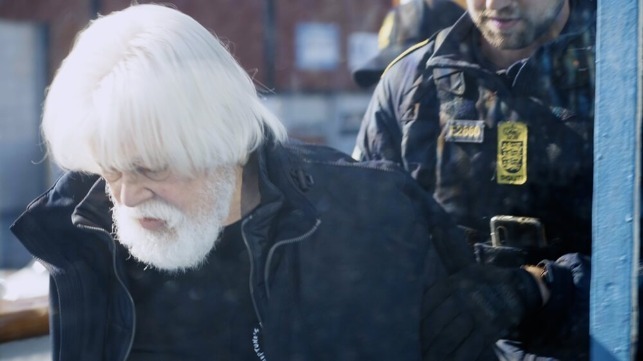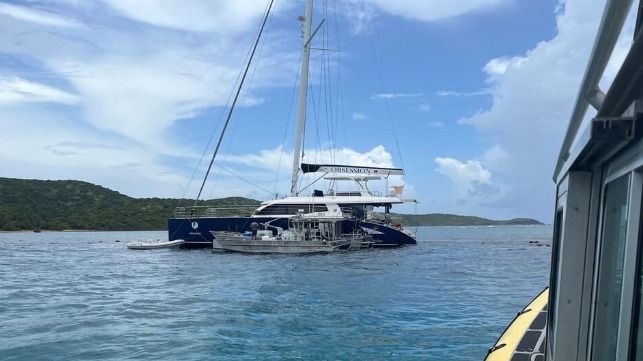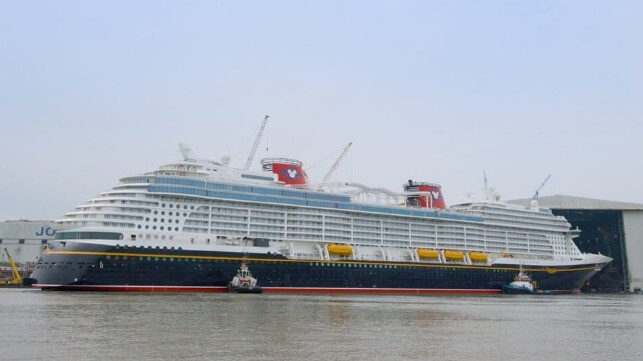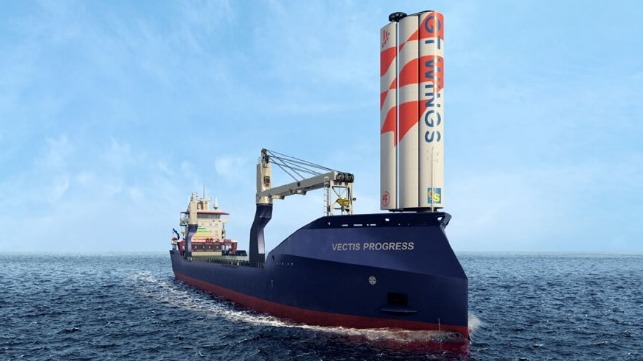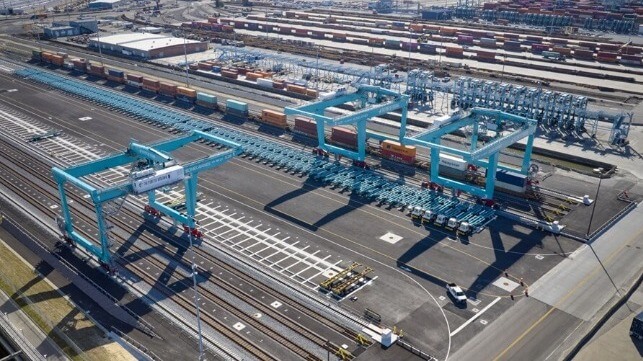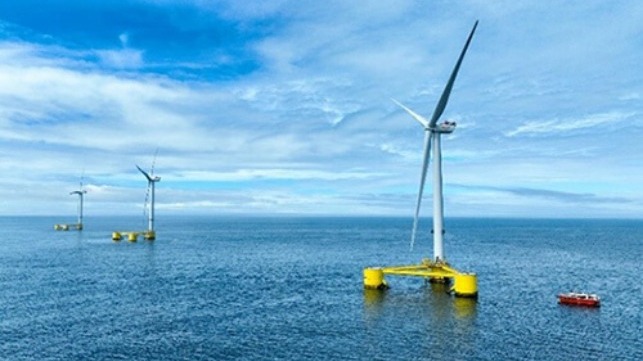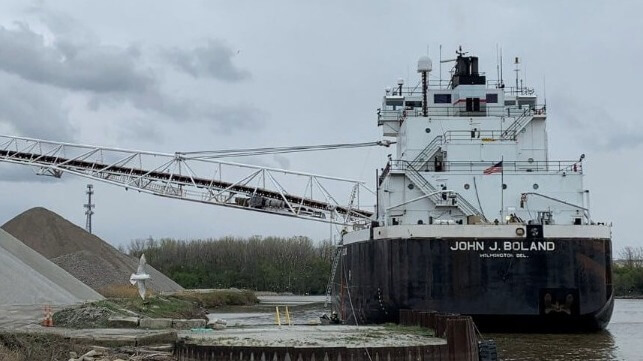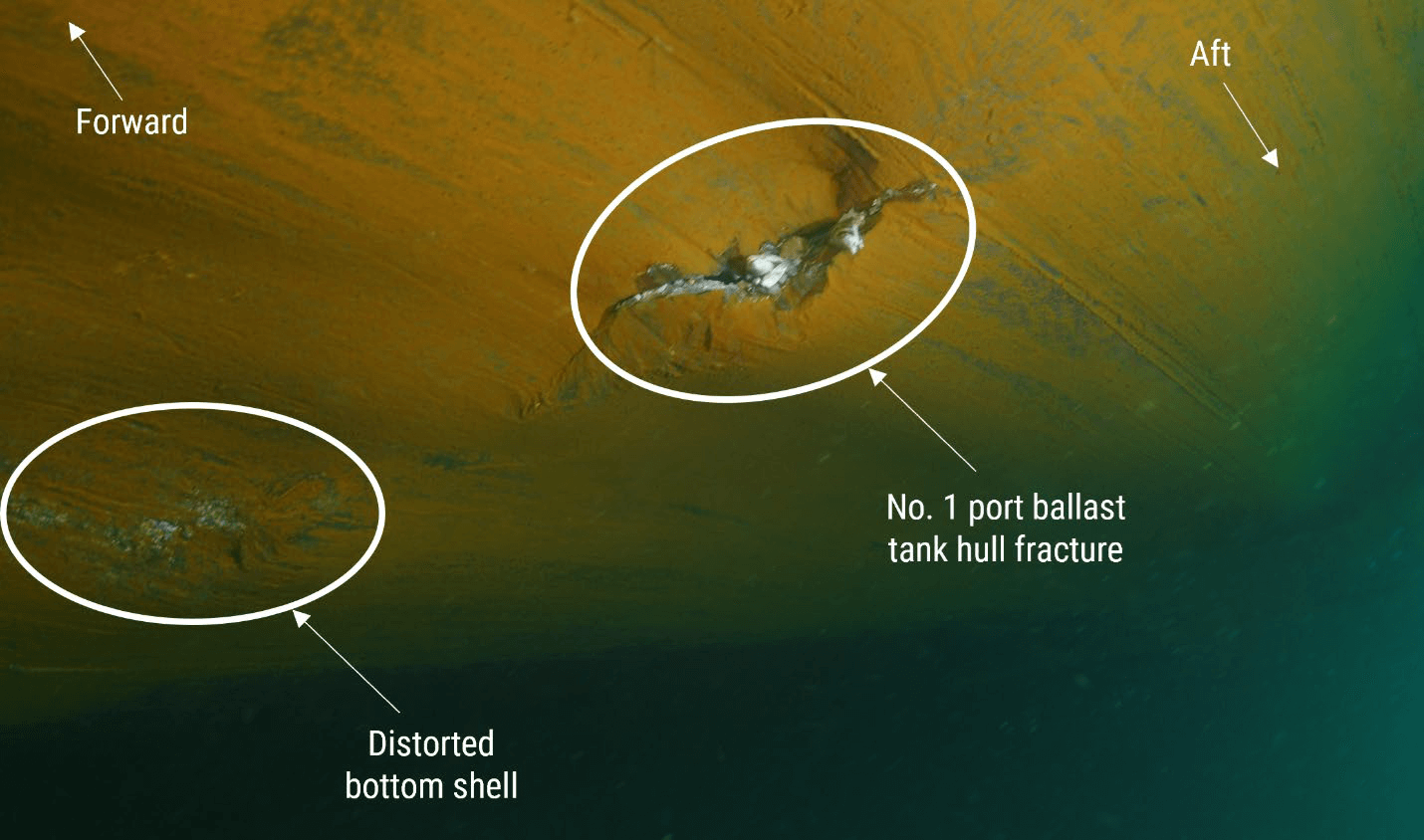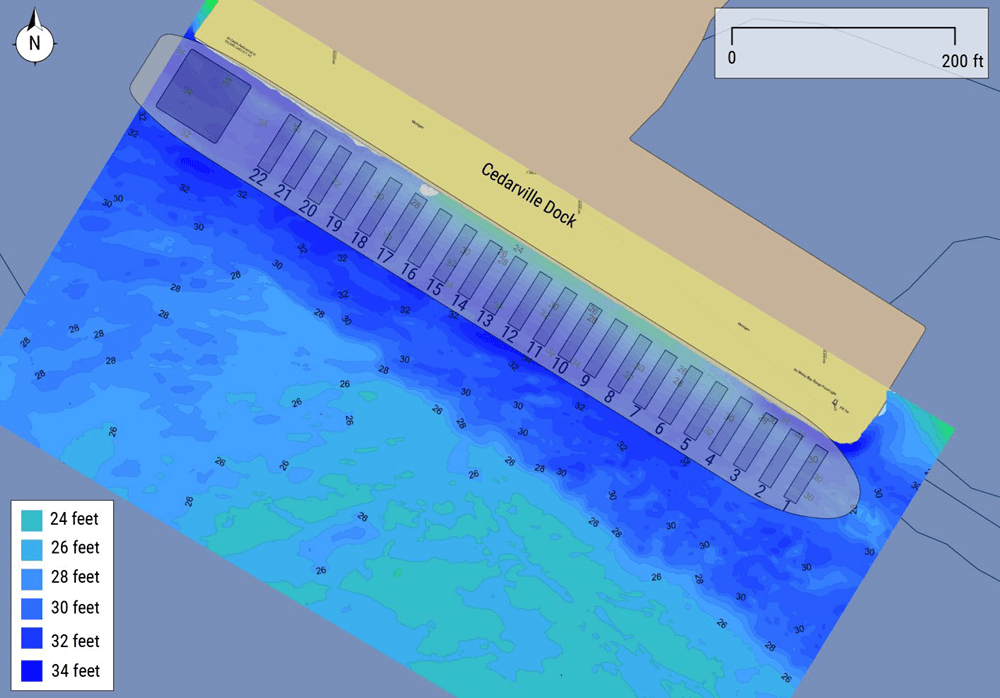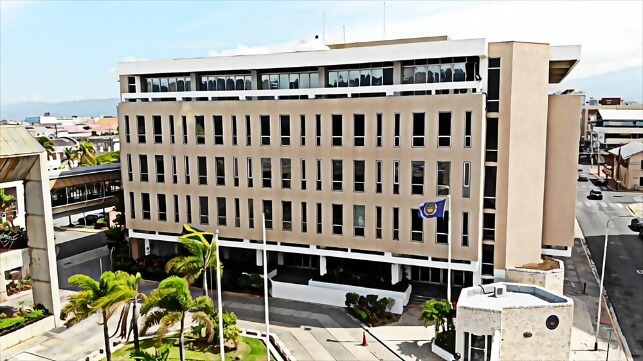After a Decade of Progress, Thailand is Rolling Back Fishery Regulations
Backers say change is needed to save fishers’ incomes, critics fear overhaul will undermine environmental recovery and progress on human rights
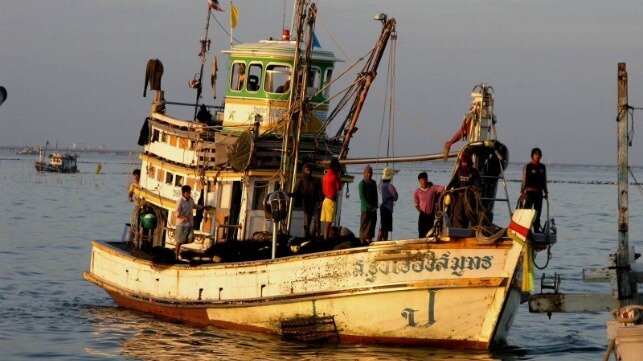
[By Nanticha Ocharoenchai]
Nearly ten years after Thailand overhauled its vast fishing industry amid concerns over sustainability and human rights abuses, another shake up is on the way.
The government says in order to shore up profitability and lift legal burdens from struggling fishing businesses, it must now amend a landmark fisheries ordinance passed in 2015. Critics say the proposals would put the country’s fish populations, and international reputation, at risk once again.
Fish populations in the Gulf of Thailand and the Andaman Sea declined dramatically in the decades leading up to 2015, and local campaign groups were reporting widespread illegal fishing and severe abuse of workers. In that year, the European Union (EU) issued a “yellow card” to Thailand – an expression of concern about illegal, unreported, and unregulated (IUU) fishing that can lead to a ban on selling fish to Europe.
This pushed Thailand – which has one of the world’s biggest fishing fleets – to undertake significant reforms. Between 2015 and 2018, the authorities prosecuted more than 4,200 IUU cases and issued fines of over THB 100 million (USD 2.7 million) to boats from overseas. Stringent measures to improve human rights were also brought in, and the EU lifted its yellow card in 2019.
“When Thailand received the yellow card from the EU, it felt like our voices were being heard,” says Piya Tetyam, president of the Federation of Thai Fisherfolk Association. The group says small-scale fishers have struggled to compete with illegal fishing and big commercial vessels in the past and present.
Now, artisan fishers such as Tetyam fear their interests are being undermined by proposals that would favor bigger commercial operators. Among the mooted changes are reduced penalties for illegal fishing, reduced monitoring of vessels, and allowing fish and crew to be transferred between vessels at sea.
Concerns over costs drive case for change
After the 2015 ordinance was enacted, there was a small increase in catch per unit effort – a measure of how easy it is to catch fish and a proxy for how many fish there are – in both the Andaman Sea and the Gulf of Thailand. Surveys of workers have also reported improvements in conditions and levels of documentation, which can act to discourage exploitation.
But the post-2015 crackdown placed a financial burden on large-scale fishing vessel owners, who have also faced higher fines and greater restrictions on where they can fish and what equipment they can use. Thailand’s commercial fishing fleet has shrunk by a quarter since then, from 13,456 registered vessels to 10,047 in 2022. According to one study, many ship owners have been forced to sell up due to their licences being revoked, and some 60,000 people in the industry have lost their jobs.
Voices including the National Fisheries Association of Thailand (NFAT), which represents the larger commercial sector, have become increasingly loud about the need for change.
In addition to the costs they have imposed on some sectors, the regulations in the 2015 ordinance are viewed as undemocratic by many groups, as they were created via an emergency decree shortly after the 2014 military coup.
It seems politicians are convinced change is needed. In February, the Thai parliament passed eight draft new fishing laws – submitted by the Thai cabinet and seven political parties – in a unanimous 416-0 vote. Now, MPs must create one version and vote on that. The drafts are all broadly aligned on the need to lower monitoring requirements on boats and remove some restrictions on what methods of fishing can be used.
“If an operator commits a misconduct on one vessel, the rest of their vessels would be banned from fishing too. You wouldn’t see this kind of law in other industries,” says Woraphop Viriyaroj, a member of parliament from the Move Forward Party (MFP), which is part of the drafting committee for the reform of the 2015 ordinance.
The overhaul should be finalised in December, according to Viriyaroj.
Rolling back progress?
Human rights advocates, conservationists and artisanal fishers warn the proposed changes will be a step backwards. They believe they are heavily weighted in favour of commercial vessel operators and that reduced monitoring and penalties for rule breaking will encourage illegal fishing that damages the environment. Changes making it easier to transfer catches and crew between vessels at sea could enable laundering of illegal catches into the supply chain as well as labour exploitation, they say.
In March, 16 advocacy groups called for reconsideration in an open letter. “If you read every party’s draft, it’s as if all of them were written by the same person,” said Paphop Siemharn, interim director of the Migrant Working Group, one of the letter’s signatories.
MWG and other groups say citizens have been given little opportunity to provide feedback, with an initial consultation composed only of yes and no questions posted quietly and briefly on a single government online channel.
Many of the artisanal fishers who make up most of the country’s fleet fear they will lose out.
“We’re not focused on competition, but rather fair access to the ocean and how we can protect our food security,” said Tetyam. “What will the government do to create fair rules for everyone?”
Among the proposed changes, a reclassification of trawlers as non-destructive is provoking especially heated debate, as it would make these boats less closely monitored and easier to register.
The fleet of 3,187 trawlers catches most of the fish by tonnage but not by value, says Dominic Thomson, Southeast Asia regional director for the Environmental Justice Foundation (EJF), another of the NGOs behind the March letter opposing the changes.
According to Department of Fisheries statistics, 46% of the trawler catch in 2019 consisted of “trash fish” – small, often young fish that frequently end up being used to make animal feed. This type of fish fetches THB 7 (USD 0.19) per kg on average. White leg shrimp and squid fetch THB 144 and THB 208 per kg, respectively.
Juveniles of economically valuable species accounted for 64-78% of trash fish caught. If allowed to mature, they could be worth much more.
Trading on reputations
Parliament is also considering changing laws governing the employment of fishers, fuelling fears that the human rights problems seen before 2015 may return.
Proposed changes include loosening the requirement for records of employment, called seaman’s books, that are vital to logging crew. Critics say the relaxation of rules on transferring crew at sea may lead to labour abuses. Mongkol Sukcharoenkana, president of fishers’ group NFAT, told Radio Free Asia that these changes are actually designed to enable the evacuation of sick or injured workers.
“If Thailand is allowed to slip and implement these rollbacks being proposed, it will send a very dangerous signal to other countries in the region that fisheries transparency and labour protection isn’t something they need to invest in anymore,” says Thomson from EJF.
He also warns of potential ripple effects to seafood-processing companies. They may have to reject shipments from suppliers who no longer adhere to their procurement policies around human rights, or face cancelled orders from foreign clients, he says.
This is disputed by pro-reformers. “There is a lot of misunderstanding, especially in regards to labour rights, which is understandable if one only reads one draft of the law,” says Viriyaroj of MFP.
He says the reform is not intended to remove protections but to reduce legislative overlaps of the 2015 ordinance law and another law on fishing labour passed in 2019. Relaxing requirements for seaman’s books should reduce the number of undocumented migrant worker cases since it would make having the correct documentation less burdensome for workers, he adds.
Global eyes on Thai policies
This reform is being seen as a move by Prime Minister Srettha Thavisin to gain support by prioritising rapid economic growth after he came to power in August last year. There could be consequences well beyond Thai waters.
“You can’t have economic populism and real public policy at the same time,” says Mark Cogan, associate professor of peace and conflict studies at Kansai Gaidai University in Japan.
Cogan warns promises to relax IUU fishing laws would compromise international agreements and ongoing trade talks with the EU and other powers. “You can’t … remake Thailand’s image while also having this nasty image of a human rights abusing, bad labor practice country,” he says.
NFAT’s Sukcharoenkana has dismissed worries regarding Thailand’s global reputation, citing a decrease in both the size and importance of its exports. The EU accounts for around 5% of Thailand’s fisheries exports. But Jaruprapa Rakpong, a professor of international trade law at Thammasat University, cautions that it remains significant, “not just in terms of volume but also value and quality”.
Entry to markets with high standards such as the EU or US also creates trust with both governments and consumers in other countries, says Rakpong. This takes time to build, and failing to adhere to regulations set by these partners would “affect bargaining power in world economics, politics and beyond”.
As the reforms move forward, another yellow card may yet lurk in the future for Thailand’s fishery sector.
Nanticha Ocharoenchai is a Thai environmental writer, currently focused on wildlife, conservation, climate change, Indigenous peoples and environmental solutions. She has contributed to publications such as Mongabay and Bangkok Post, as well as NGOs including WWF and Greenpeace.
This article appears courtesy of Dialogue Earth and may be found in its original form here.
Top Image: SeaDave / CC BY 2.0
The opinions expressed herein are the author's and not necessarily those of The Maritime Executive.
